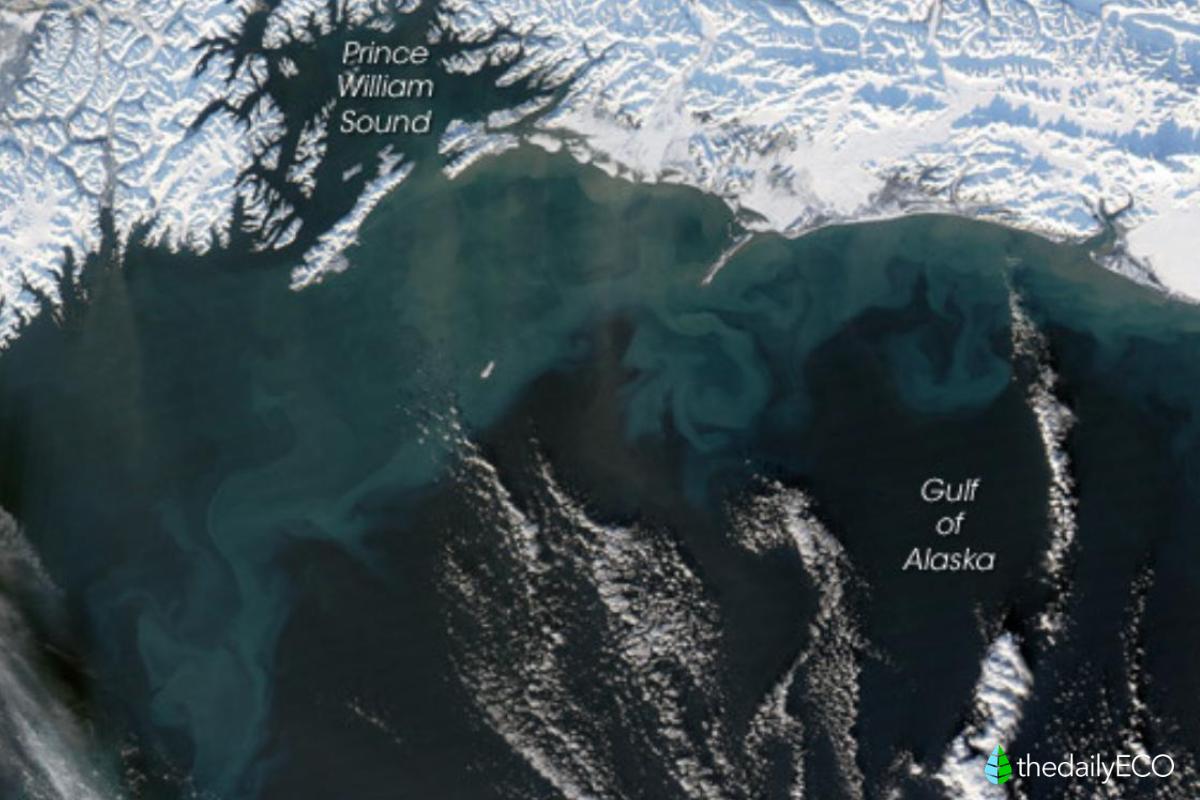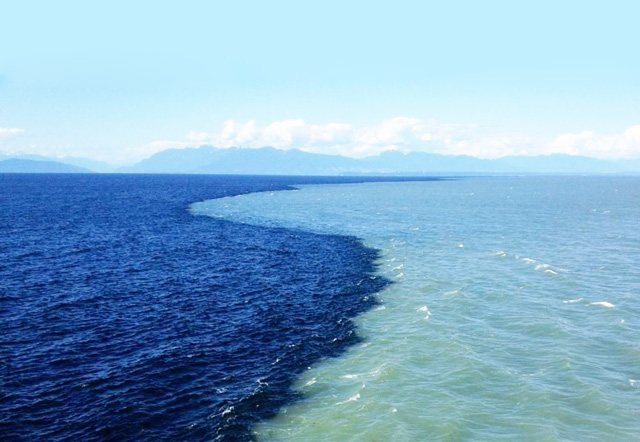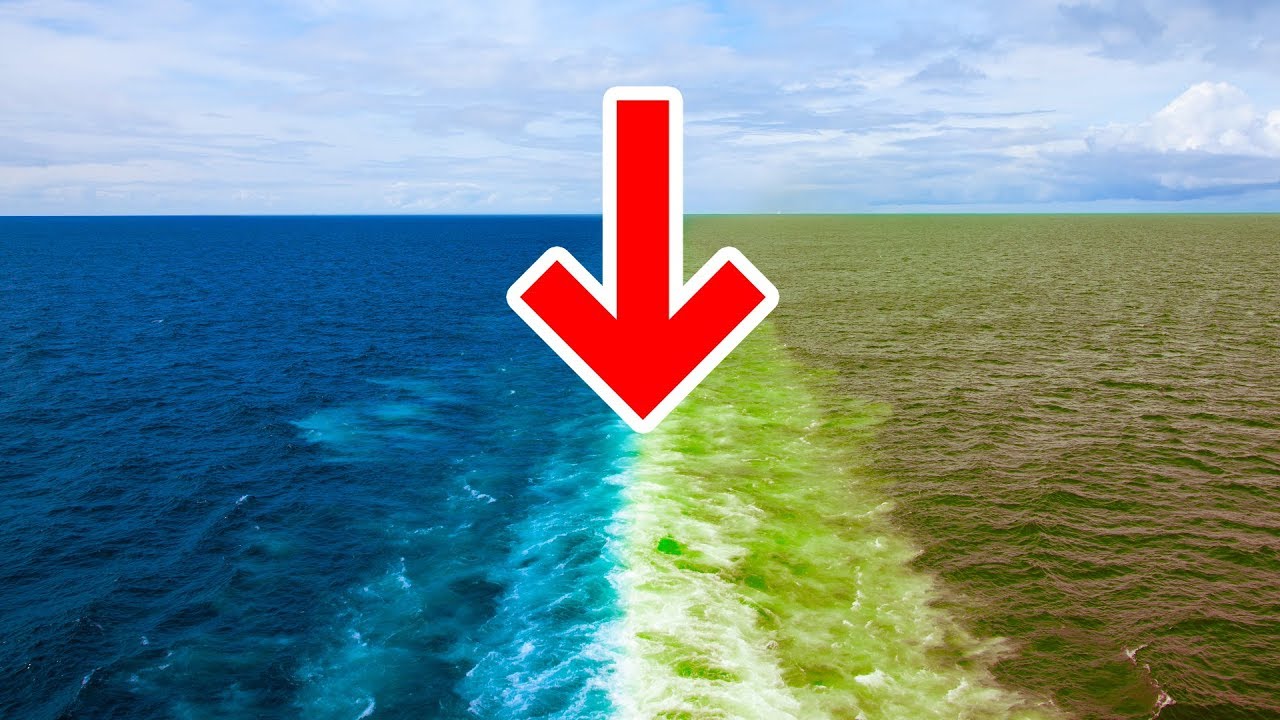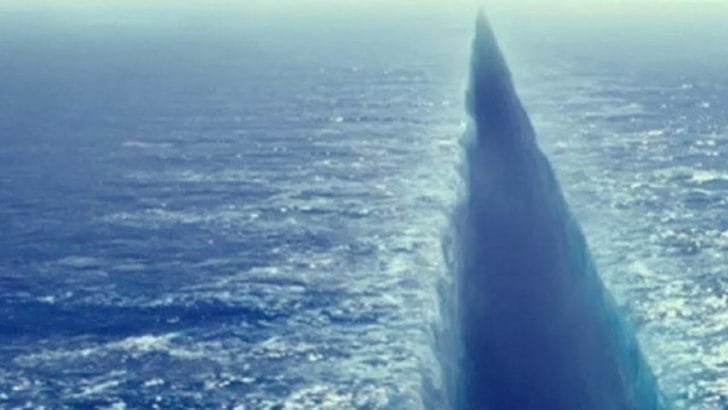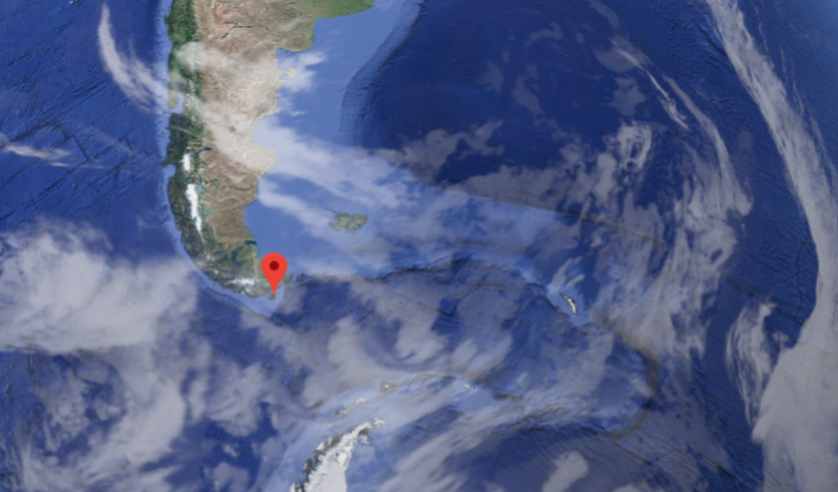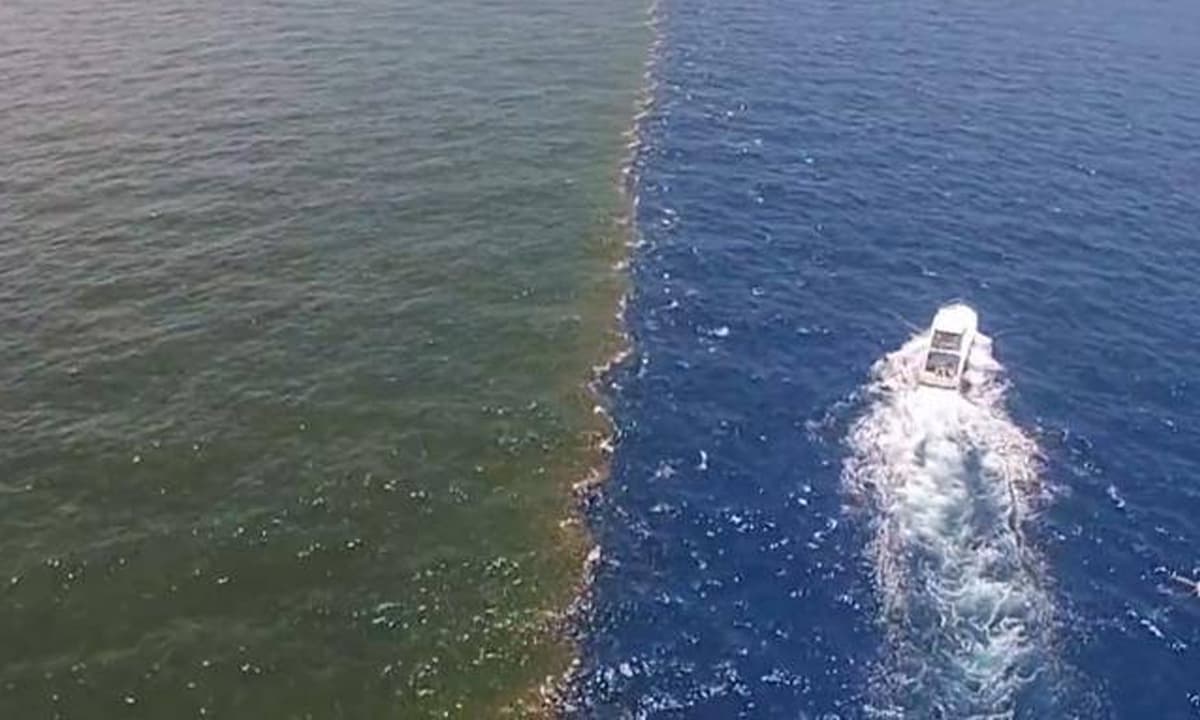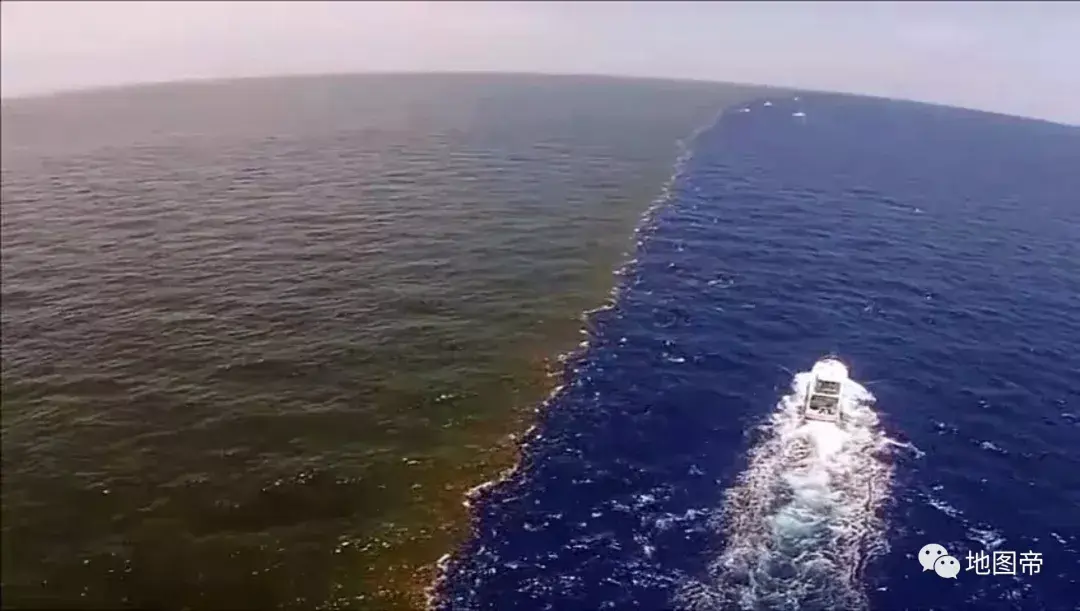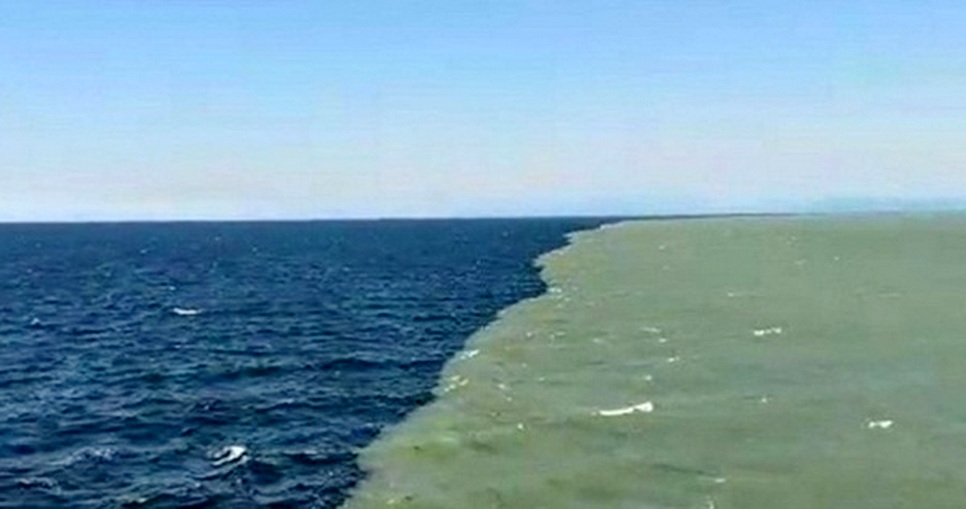Why Dont The Atlantic And Pacific Oceans Mix
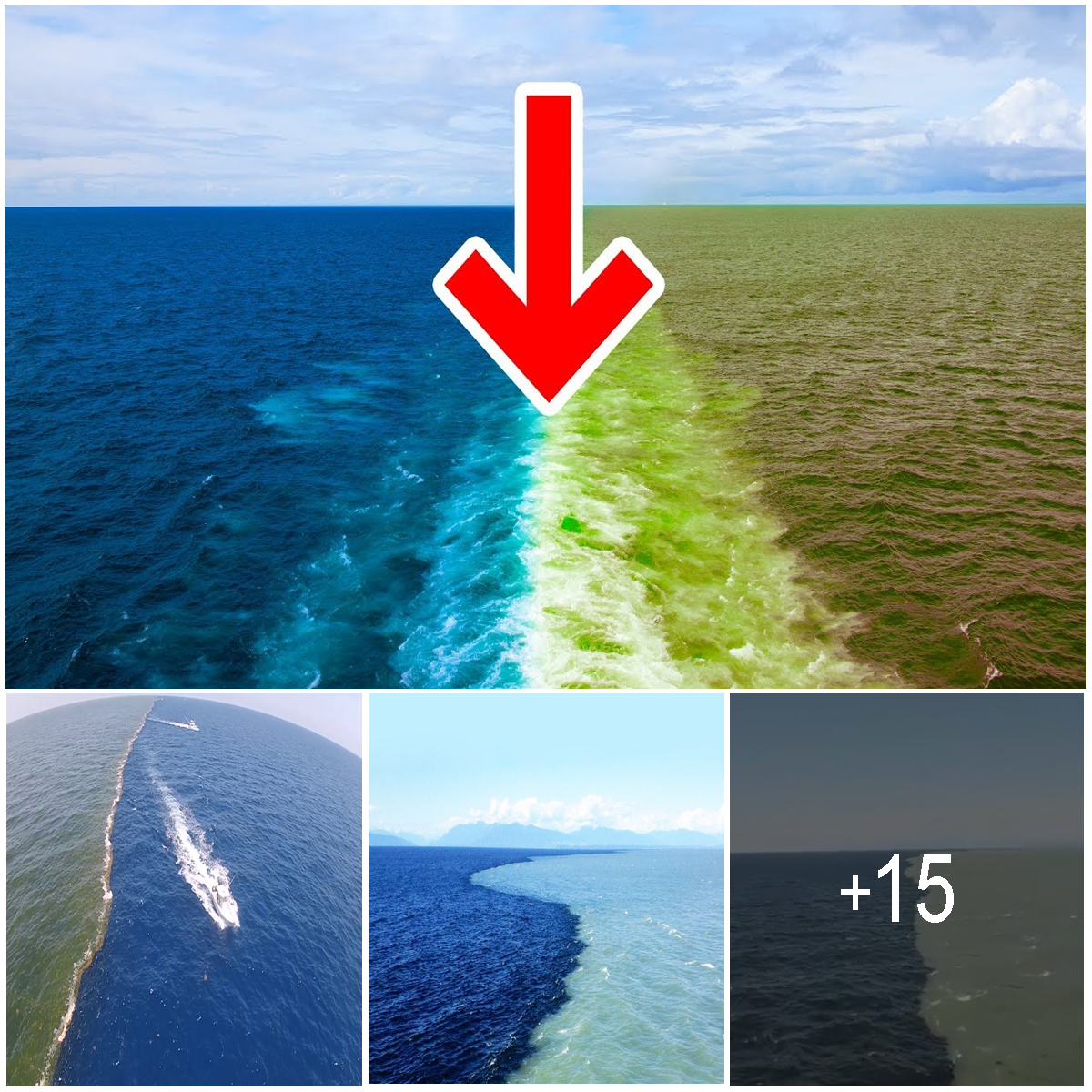
Ever stood on a beach, mesmerized by the waves, and wondered what secrets the ocean holds? We all know the Atlantic and Pacific are massive, but have you ever thought about why they don't just... blend?
It's like imagining two giant swimming pools right next to each other, separated by a flimsy divider. You'd expect a chaotic splash-fest, right? Well, the ocean is a bit more sophisticated than your average pool party.
The Great Divide: It's Complicated!
The main reason the Atlantic and Pacific Oceans don't fully mix isn't some magical force field, but rather a cocktail of scientific factors. Think of it like making a salad dressing; some ingredients just don't want to play nice together.
Density Differences: Salty vs. Less Salty
One crucial ingredient in this oceanic standoff is salinity. The Atlantic, especially its northern reaches, tends to be saltier than the Pacific. This difference is due to factors like higher evaporation rates and freshwater input from rivers in the Pacific.
Saltier water is denser, meaning it's heavier. Imagine pouring honey into water; it sinks, right? Denser, saltier water tends to sink below less dense, fresher water, creating layers.
Temperature Tantrums: Hot vs. Cold
Another player in this aquatic drama is temperature. The Atlantic and Pacific have distinct temperature profiles, influenced by different currents and climate patterns. Colder water is also denser than warmer water.
Think of it like trying to mix hot coffee with iced coffee. They'll eventually reach a balance, but initially, they'll resist a uniform blend.
Current Affairs: A River Runs Through... the Ocean?
Ocean currents act like underwater rivers, constantly moving water masses around the globe. These currents influence both salinity and temperature, further contributing to the separation.
The strong currents prevent the waters from becoming homogenous. They act as a dynamic barrier, constantly pushing and pulling, creating a visible line in some areas.
The Visual Proof: Lines in the Water
Sometimes, you can actually *see* where the Atlantic and Pacific meet! In certain locations, the distinct properties of the water create a visible line in the ocean.
This line isn't a solid wall, of course. It's more like a blurry boundary, where the different water masses collide. You might see differences in color, foam, or even wave patterns.
A Slow Dance, Not a Static State
It's important to remember that the oceans *do* mix, just not instantly or completely. It's a gradual process, like a slow dance between two giants. Mixing happens over time through diffusion and turbulence.
The boundaries are constantly shifting and changing, influenced by seasonal variations and long-term climate patterns. The ocean is a dynamic system.
Why Should We Care?
Understanding why the oceans don't mix perfectly isn't just a cool science fact; it's crucial for understanding our planet's climate and ecosystems. These differences in salinity and temperature drive ocean currents, which in turn influence weather patterns around the world.
These currents play a huge part of where organisms like fish and plankton live. If the oceans mixed completely, it will drastically change Earth's climate and life.
So, next time you're by the sea, take a moment to appreciate the intricate dance happening beneath the waves. It's a reminder that even the vastest things in our world are governed by subtle, fascinating forces. It's a beautiful thing to contemplate!
